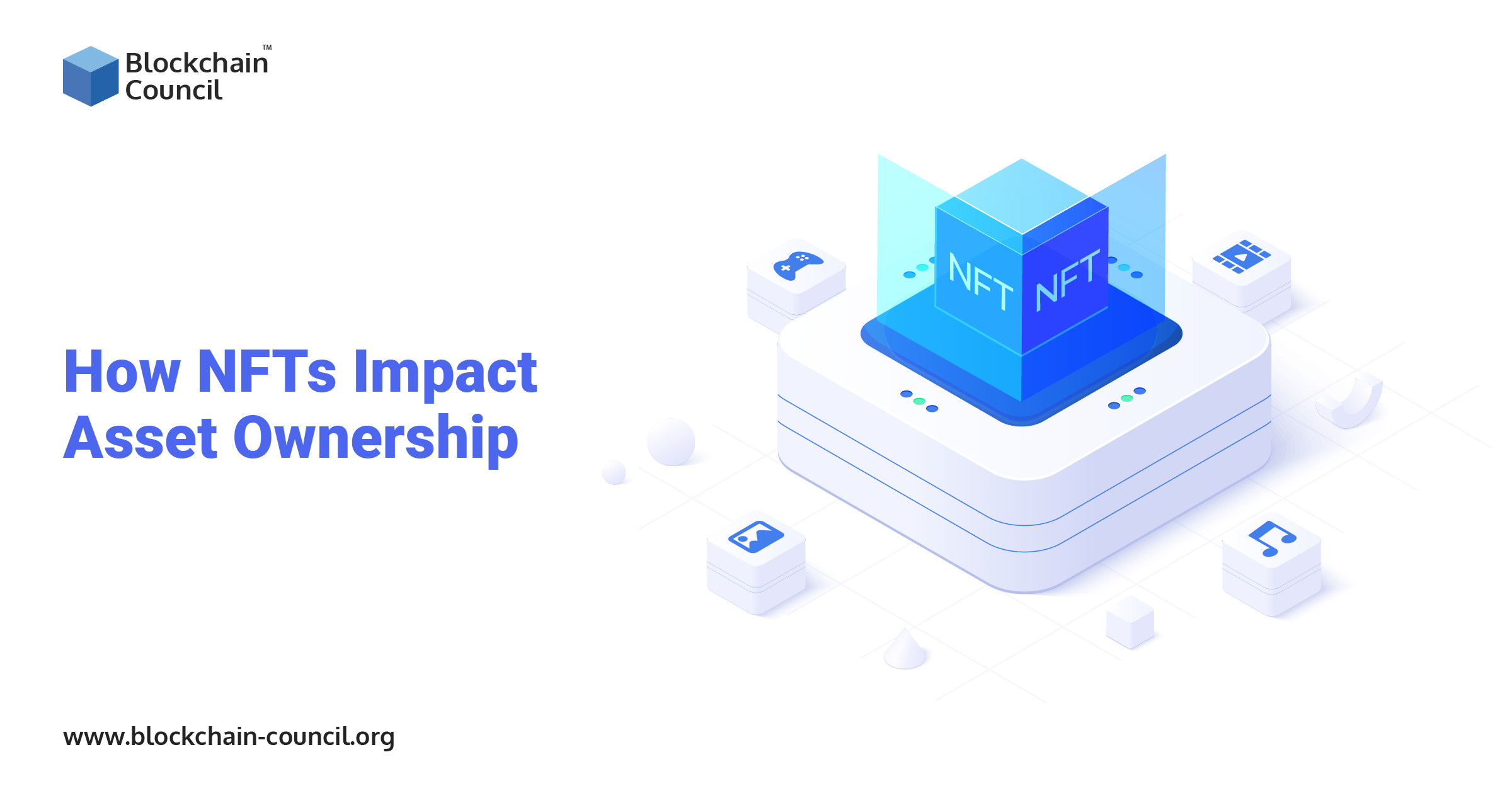
- Amber Smith
- December 29, 2022
Cryptocurrencies like Bitcoin have captured the world’s imagination, with hundreds of thousands of people buying into the digital currency craze. However, digital currencies are not the only type of digital asset. There are also non-fungible tokens (NFTs).
Non-fungible tokens are digital collectibles that are stored in the blockchain network. The ledger used in these collectibles provides a certificate of authenticity as it acts as proof of ownership, just like in cryptocurrencies.
Many NFTs have the same properties as cryptocurrencies, like being decentralized and secure. But what sets NFTs apart is that they also have their elements of uniqueness. They’re referred to as non-fungible because of their unique signatures, making it impossible for an NFT to be exchanged for or equal to another. Each NFT is unique in its attributes, and its token has no intrinsic value. NFTs have a wide variety of potential uses and applications. For instance, you could use an NFT to represent ownership or rights over an object.
The rise of NFT has impacted asset ownership in different ways, as discussed below:
-
You can own a portion of NFT
NFTs allow you to own a portion of any collection without physically owning the whole thing. For example, if you’re a fan of old-school sports cards and only want to collect a few packs each year, you can purchase them as an NFT via reliable sites, like NFT Club. You can purchase ownership in NFTs in tiny amounts with other owners if you can’t afford the whole piece, too.
Investors can create new NFTs for different purposes, such as art, real estate, and even equity in businesses. These NFTs have value because they represent real-world objects people want to own and trade.
You could also buy fractional ownership in a specific NFT contract that tracks unique digital assets. Also, you can buy any number of NFT contracts, each backed by its digital asset token. This gives you the option to invest in multiple digital assets without investing in individual tokens, which can be expensive until the market for all these new tokens develops.
-
Ownership is immutable
Ownership of physical and digital assets has historically been difficult to track. It’s often a mess as there could be more than one claim of ownership. However, using NFTs changes that because they’re decentralized and immutable, which means they can’t be replicated or forged. You can prove that you own something (a picture, a song, a video), but you can also verify you were the first to own it. You can also prove someone else is trying to pass off your work as their own and that ownership was transferred over time from one person to another. Anything with value attached to it can be tracked in this manner.
The monetary value attached to an NFT may increase or decrease depending on the desirability of its contents. The desirability of the asset is also dependent on the ability to prove ownership and authenticity of the asset.
-
Your assets have various use cases
NFTs have a variety of use cases. Here are some of the most popular applications of non-fungible tokens today.
- Virtual real estate: The buyers can purchase land in crypto games that run on the Ethereum network via NFTs. The users who buy land can create their virtual worlds or build clothing shops from where they can sell clothes to other players in exchange for tokens.
- Gaming: NFTs are being used for decentralized gaming platforms for better player experience and ownership of in-game assets or items. The players can earn these items when they play the game or win games.
- Asset preservation: When you create a token for a piece of art, you can make it un-forgeable and un-fungible. This protects the asset from being forged or duplicated.
- Digital tickets: Tickets for live events in the real world, such as concerts and festivals, are also available in digital form as NFTs. Such tickets eliminate the need for intermediaries.
In addition, since NFTs are stored on the blockchain––a decentralized network of computers––it’s much harder for them to be damaged or destroyed than traditional asset forms.
-
You can trade in the open market
One of the biggest challenges in the blockchain industry is finding other users with whom to trade, yet it’s super important. If you don’t know who you’re trading with, you could end up trading with people you don’t want to do business with, like scammers and hackers. NFTs solve this issue by bringing together buyers and sellers in a safe environment. You can connect with other users without having to share personal information or go through a mediator.
Also, you don’t have to worry about someone putting a fake title on the property you’re trying to buy. Instead, you’ll be able to see all property details, including accurate ownership records, on the blockchain. By transferring ownership of your digital assets to the blockchain, you can connect with other users and trade on open markets.
-
Ownership is authenticated and protected
Transactions involving NFTs don’t include the transfer of any physical files or items but rather ownership records. For example, if someone buys an NFT-based piece of art, they’re purchasing proof that they own that artwork. In this case, the artwork itself remains in possession of its creator. Since these records are stored on blockchain ledgers, NFTs are authenticated and protected from counterfeiting by cryptographic processes.
Non-fungible tokens are standardized through the ERC-721 protocol on the Ethereum blockchain. This standard allows for interoperability between different apps that have implemented that protocol. Also, the marketplace has a built-in authentication system that’ll enable users to verify the authenticity of their items and helps them differentiate between authentic and fake items.
Conclusion
The rise of NFT has revolutionized how asset ownership works. Now, you can digitalize your assets in the blockchain network and get proof of ownership. This will allow you to sell the asset as a token in the open market or buy fractions of assets from other owners. It has helped eliminate the need for middlemen and increased the security of ownership.

































































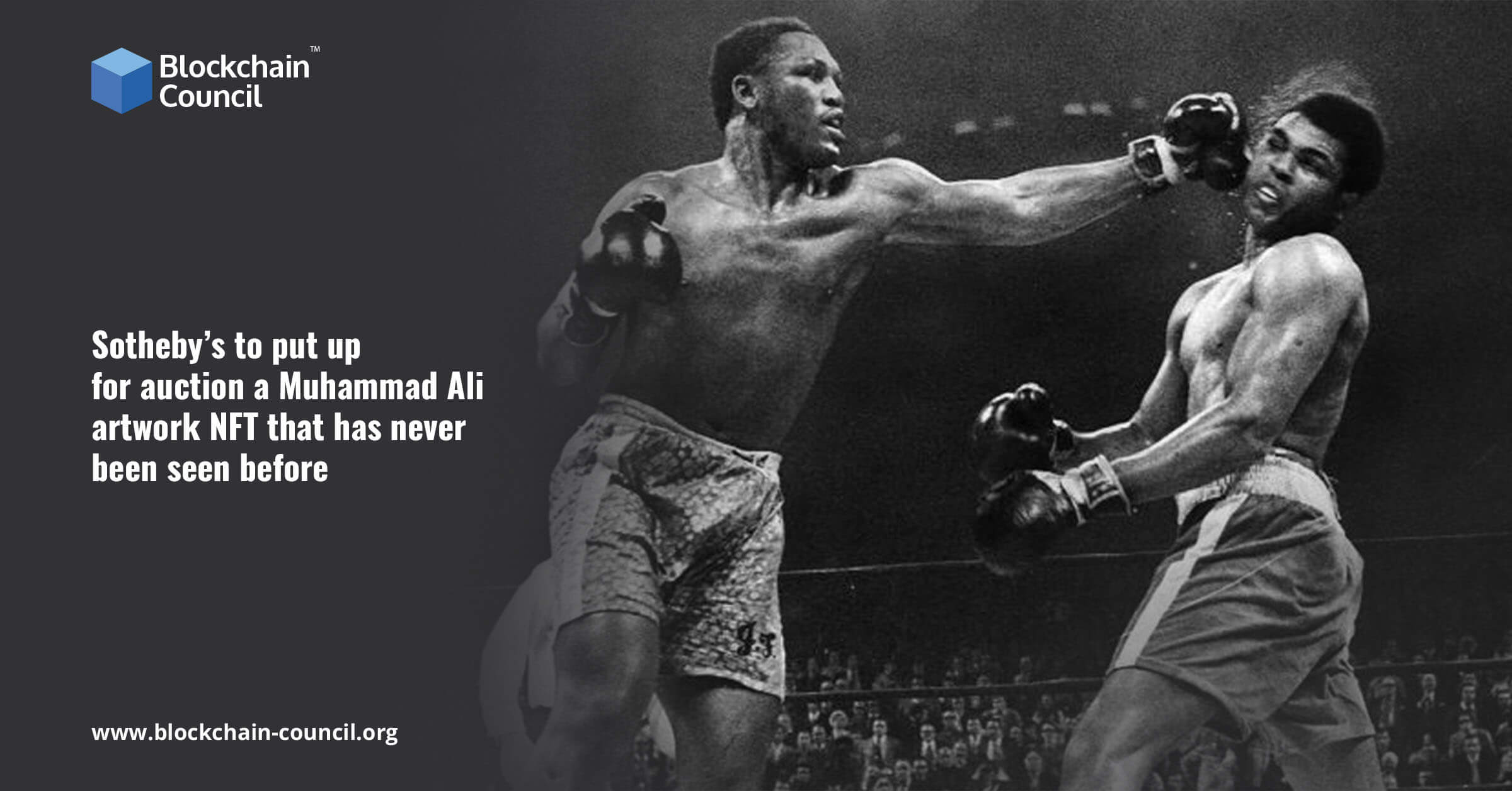
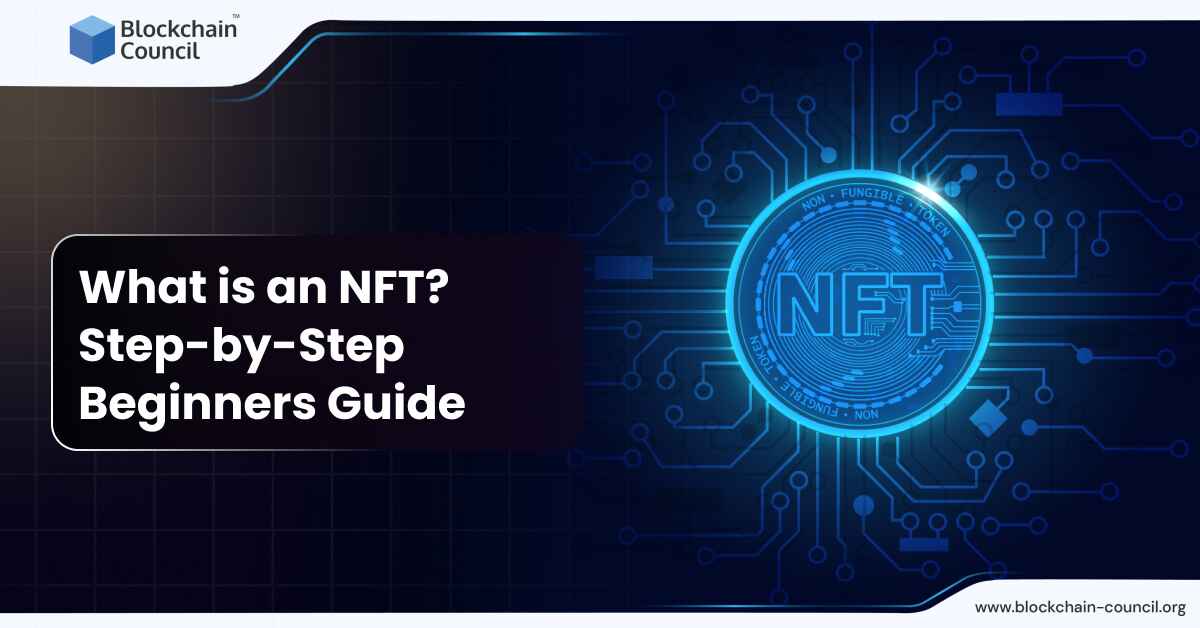
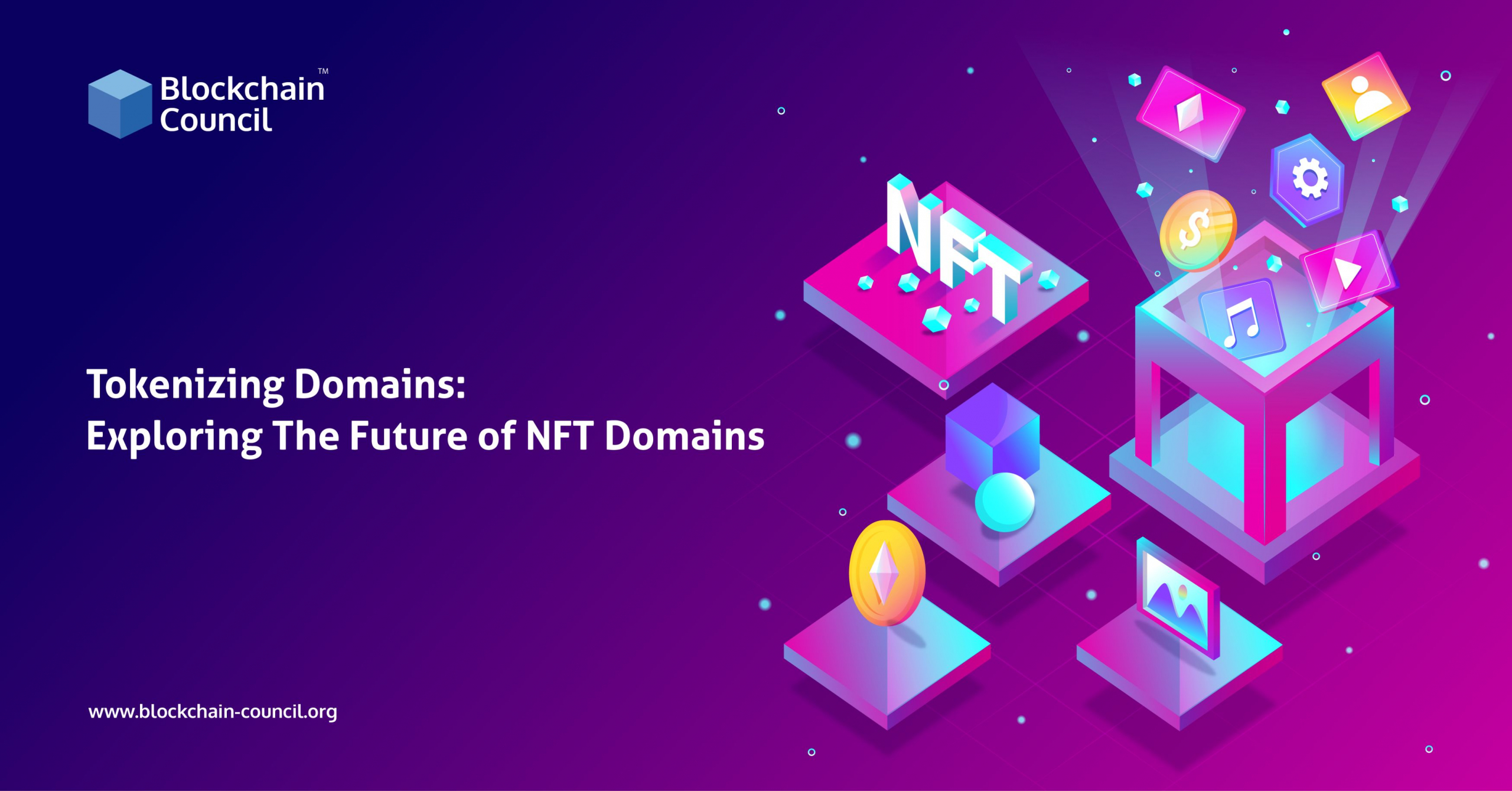
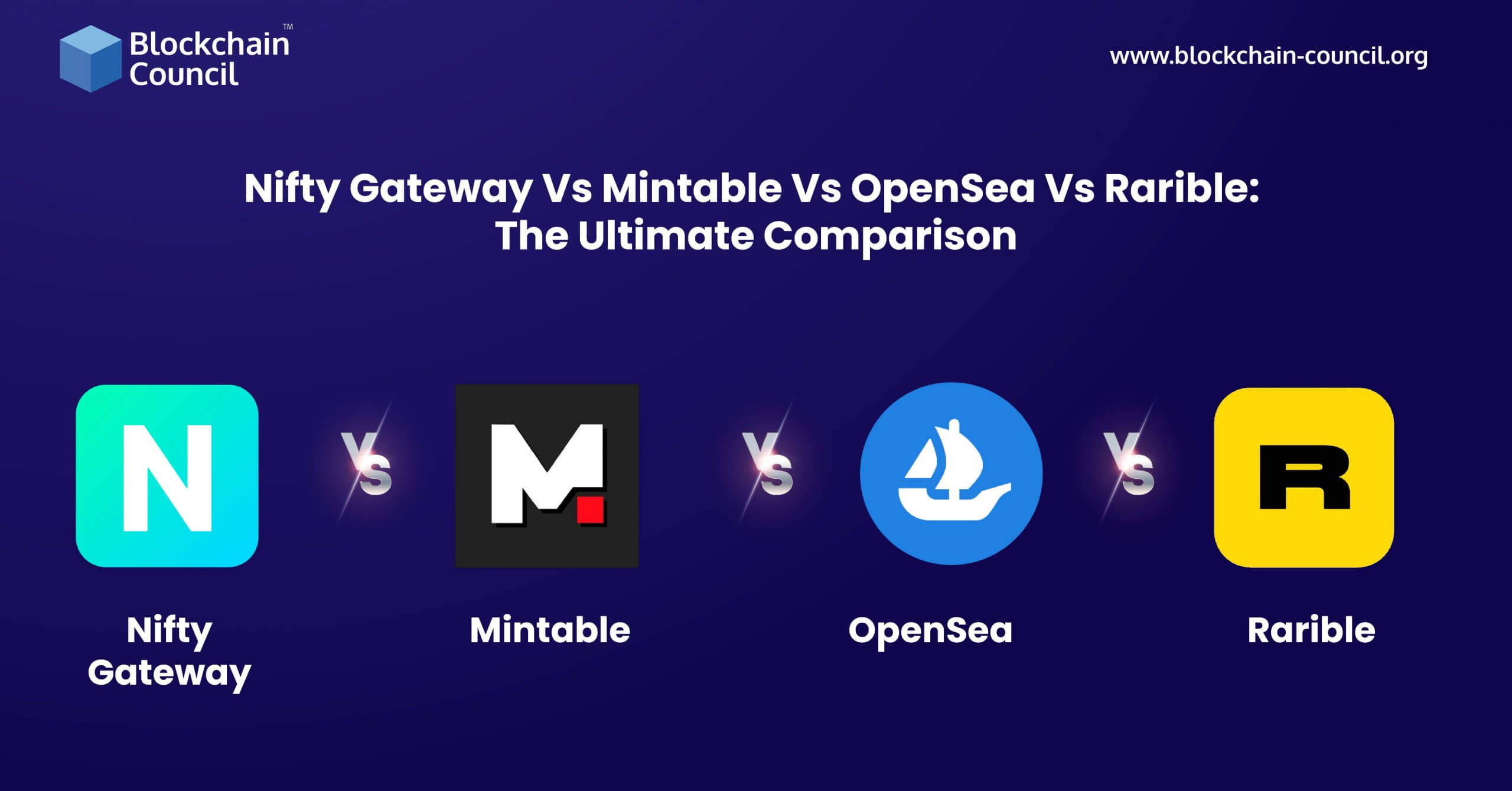
 Guides
Guides News
News Blockchain
Blockchain Cryptocurrency
& Digital Assets
Cryptocurrency
& Digital Assets Web3
Web3 Metaverse & NFTs
Metaverse & NFTs
